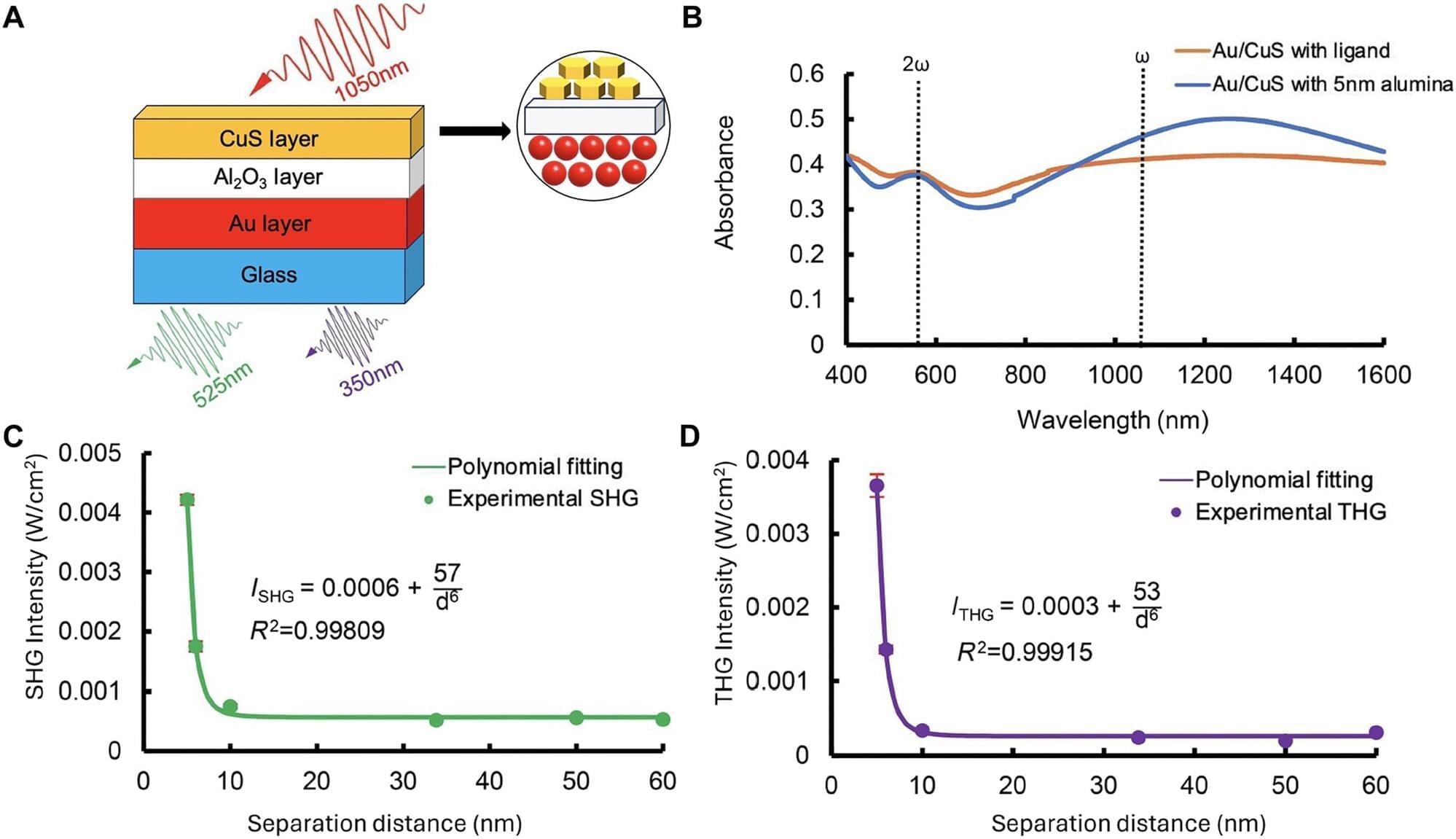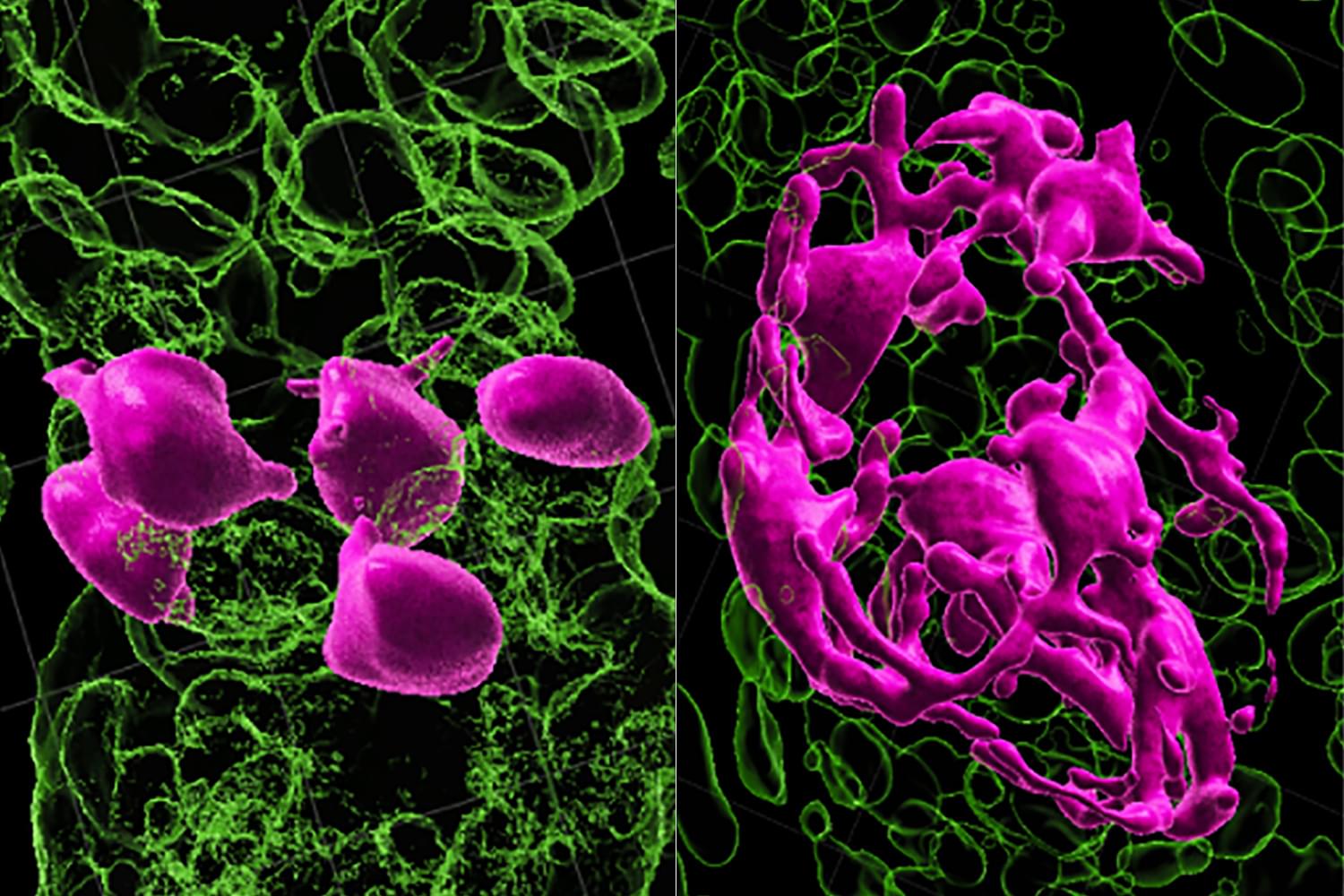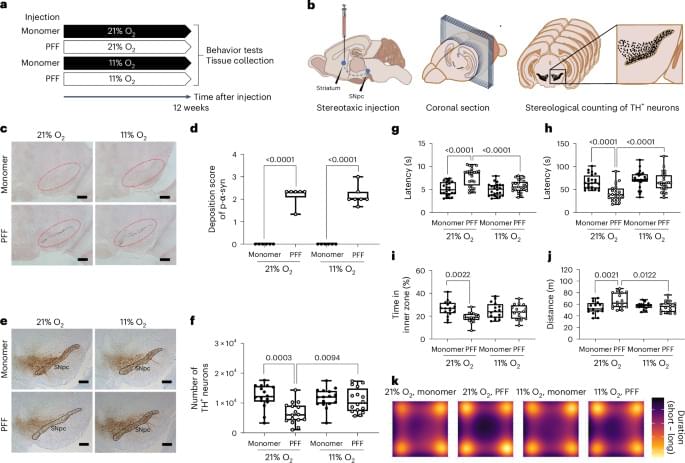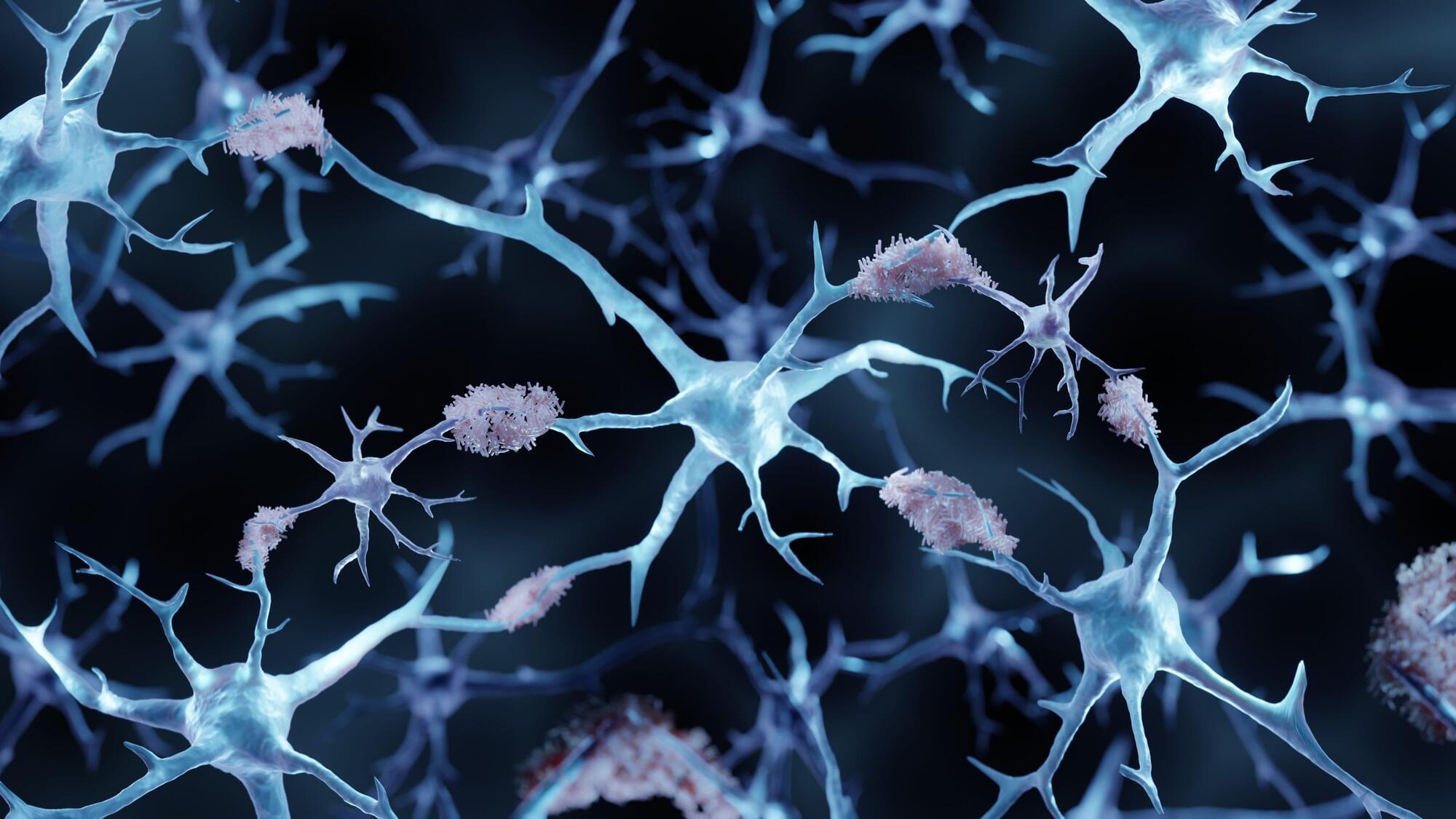A mobile phone app designed to deliver suicide-specific therapy reduced suicidal behavior among high-risk psychiatric inpatients, according to a new study by scientists at Yale School of Medicine and The Ohio State University Wexner Medical Center and College of Medicine.
The study, published in JAMA Network Open, found that the app, OTX-202, reduced the recurrence of post-discharge suicide attempts by 58.3% among patients who had previously attempted suicide. This reduction is a critical achievement for a group that is particularly vulnerable to repeated suicidal behaviors, the researchers said.
Users of the app also experienced sustained reductions in suicidal thoughts for up to 24 weeks after psychiatric hospitalization, according to the study. In contrast, patients who used an active control app in addition to treatment as usual showed early improvement, but suicidal thoughts rebounded by week 24.







